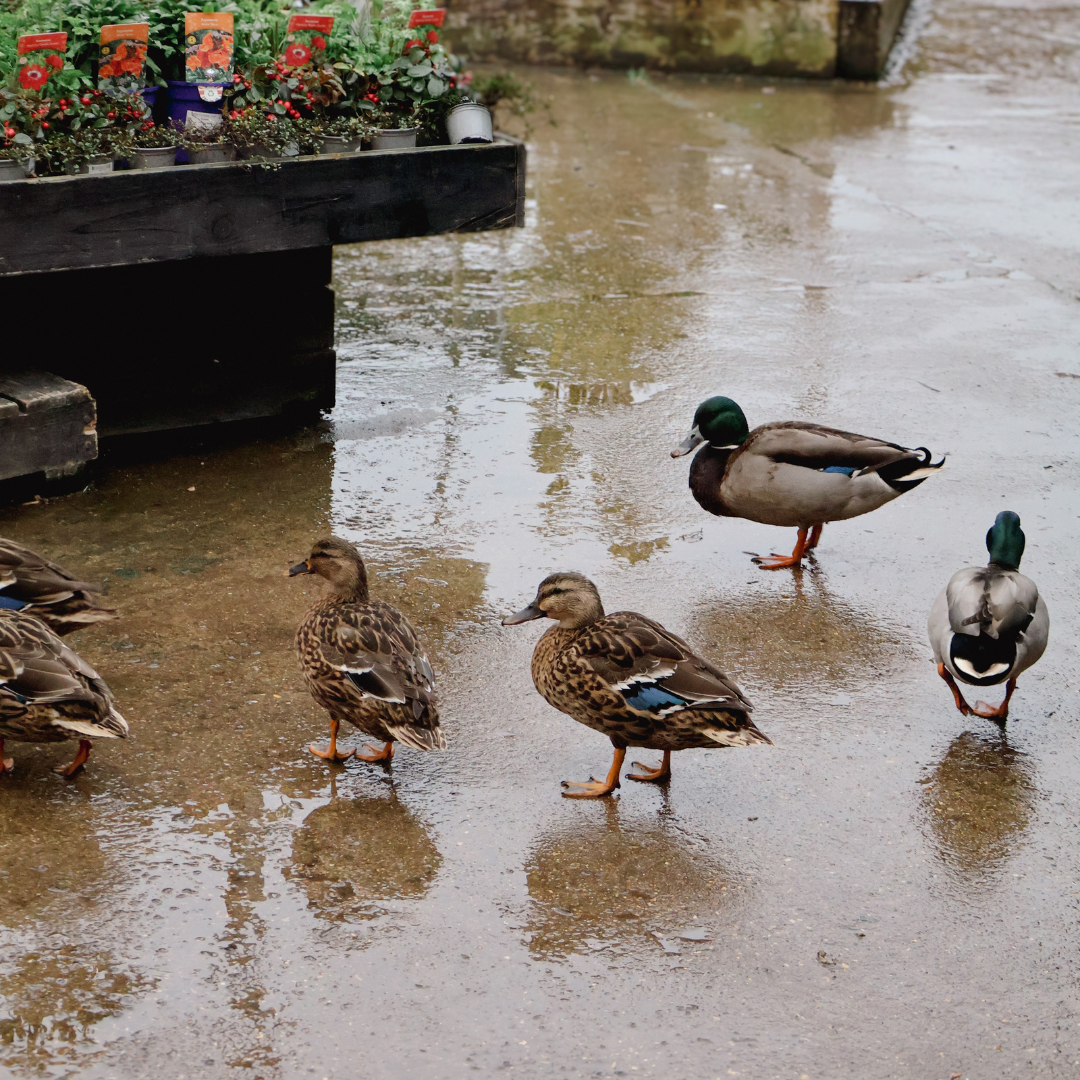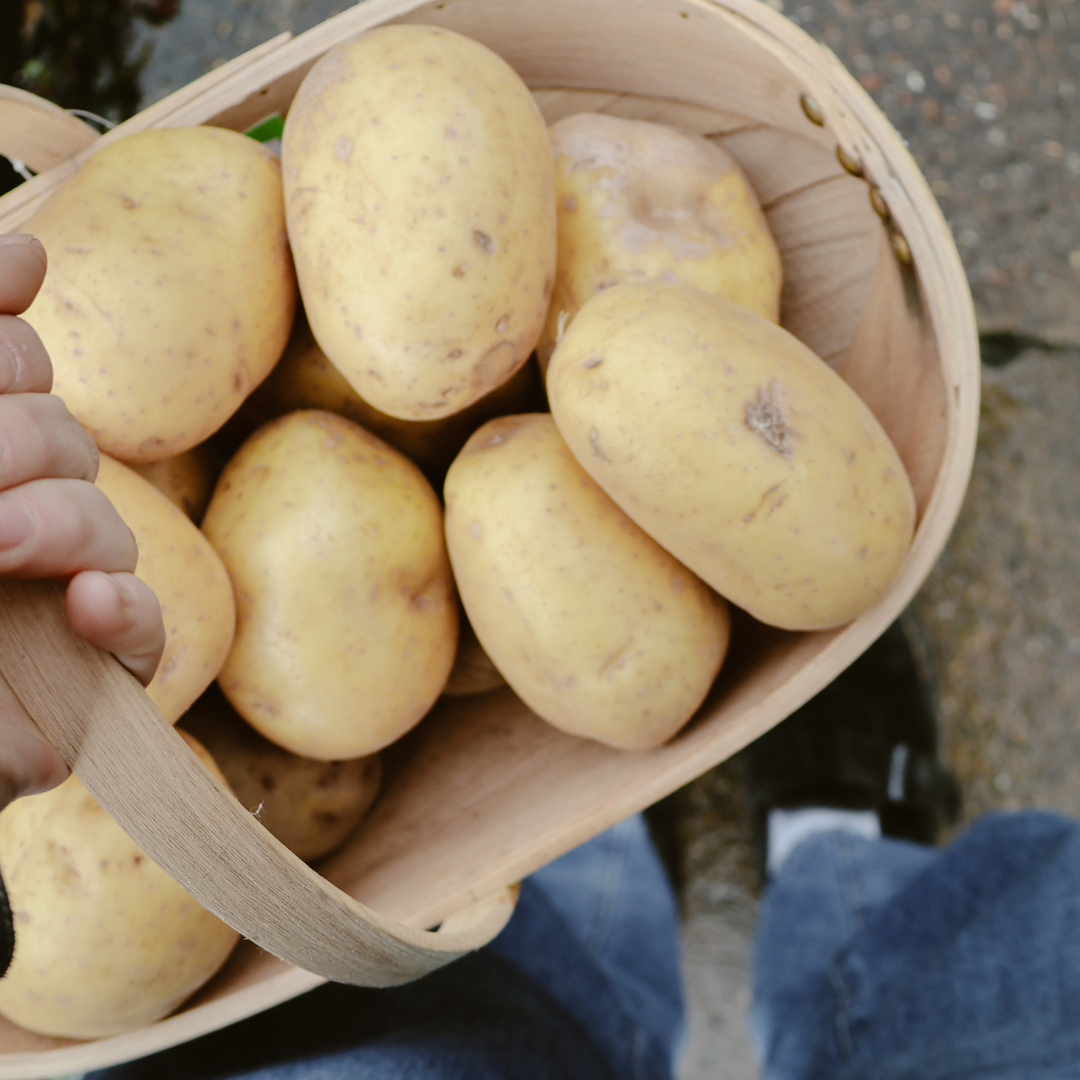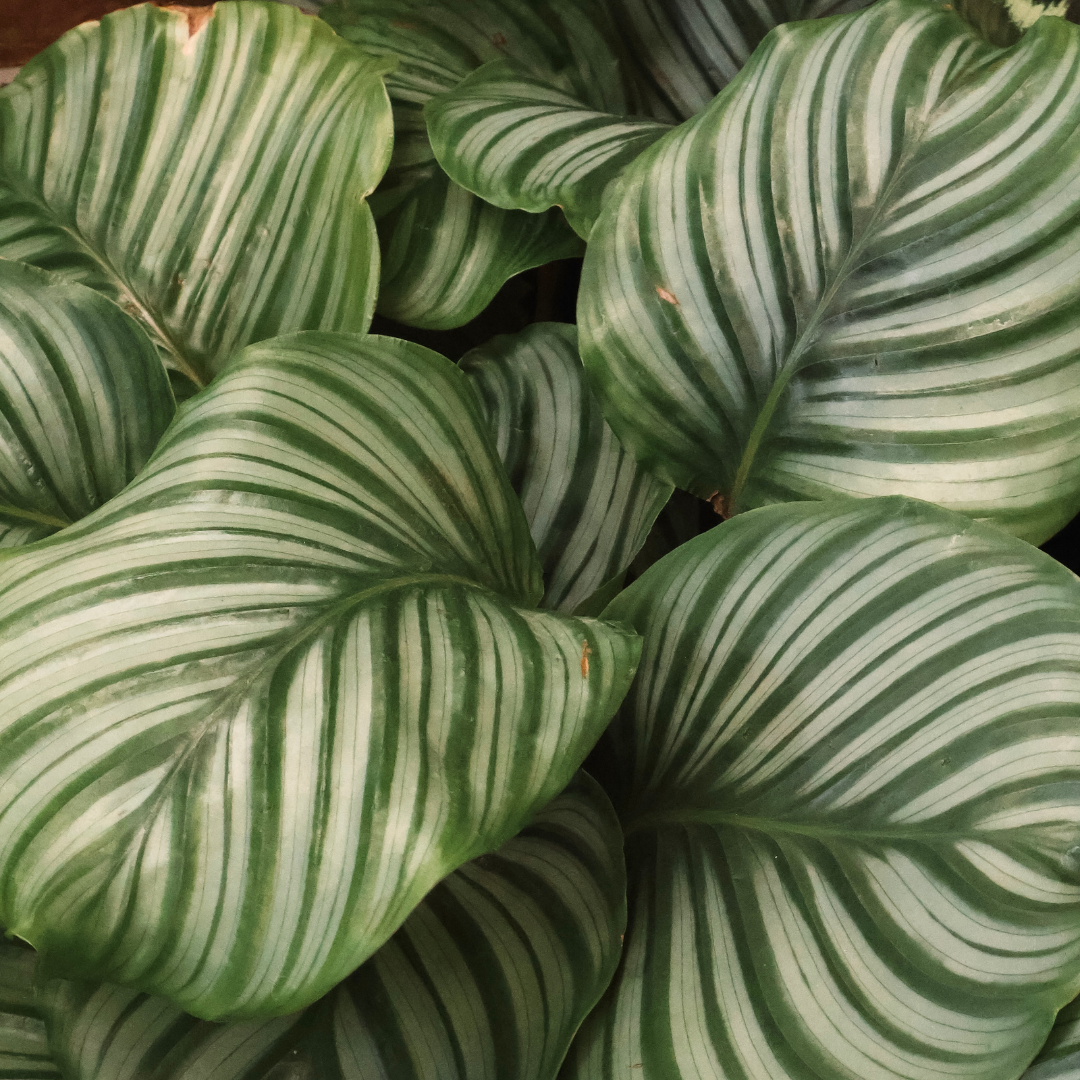March Wildlife: How to Support Bees, Birds, and Beneficial Insects

As the chill of winter finally starts to fade and spring begins to awaken, March is the perfect time to prepare your garden to support the wildlife that plays such an important role in maintaining a healthy ecosystem. Bees, birds, and beneficial insects are essential for pollination, pest control, and maintaining the balance of nature. So, why not give these hardworking creatures a helping hand as they begin to emerge from their winter hibernation?
Here are some simple ways to support bees, birds, and beneficial insects in your garden this March:
1. Plant Early Spring Flowers for Bees
Bees are some of the first creatures to emerge from their winter slumber in search of food as temperatures warm up. March is a great time to plant early-flowering plants that will provide them with much-needed nectar and pollen.
Crocuses: These vibrant flowers are a favourite of early bees and provide an early boost of food.
Snowdrops: Not only are they beautiful, but snowdrops offer valuable nectar for bees emerging in early spring.
Primroses: Another early bloomer that can help provide a food source when many other plants are still dormant.
Hellebores: These hardy perennial flowers can often start blooming in March, offering bees an early meal.
By planting a variety of early-blooming flowers, you can provide bees with a continuous food source as they come out of winter.

2. Create a Bird-Friendly Habitat
Birds are active in March, as they begin to build nests and search for food to sustain them during their breeding season. Your garden can be an important resource for them by providing shelter, food, and water.
Install Bird Feeders: Place bird feeders filled with seeds, suet, or fat balls in your garden. Look for a mix that attracts a variety of birds like robins, tits, and finches.
Provide Fresh Water: Birds need access to water to drink and bathe. Place a bird bath in your garden or create a shallow water dish where birds can safely drink.
Plant Native Shrubs and Trees: Native plants provide the best shelter and food for birds. Consider planting hedgerows, ivy, or berry-producing shrubs like holly or elderberry. These not only offer shelter but also provide berries as a food source later in the season.
Create Nesting Opportunities: Provide nesting boxes or leave a pile of twigs, leaves, and grasses in a corner of your garden to create a natural nesting site for birds.

3. Encourage Beneficial Insects
Beneficial insects like ladybirds, lacewings, and hoverflies are crucial for controlling garden pests like aphids and mites. These insects need a habitat where they can find shelter, food, and places to lay their eggs.
Plant a Variety of Nectar-Rich Flowers: Flowers such as daisies, marigolds, and lavender attract beneficial insects by providing nectar. By planting a diverse range of flowers, you can create a “bug hotel” that encourages these natural pest controllers to settle in your garden.
Avoid Pesticides: Pesticides can harm beneficial insects, so opt for natural pest control methods like companion planting or introducing predatory insects such as nematodes or predatory beetles.
Create Bug Habitats: Leave a small patch of your garden wild, with long grasses, fallen leaves, and twigs. This provides hiding places for beneficial insects to shelter and breed. You could also create a small insect hotel by piling up logs or creating holes in old wood, giving these beneficial bugs a place to live
Incorporate Herbs: Many herbs, such as basil, thyme, and fennel, attract beneficial insects. Plant them around your garden or in pots to give insects a place to feed and shelter.

4. Provide Shelter from the Elements
The weather in March can still be quite unpredictable, so it’s important to ensure that the wildlife in your garden has shelter from the cold and wet conditions.
Create a Wildlife Shelter: Build or install small shelters for insects, such as a bug hotel or a pile of sticks, rocks, or leaves where they can seek refuge. If you have space, you could also consider building a small pond to help attract amphibians like frogs or toads.
Leave Dead Plant Matter: Instead of tidying up every last leaf or dead plant, leave some in place. Dead plant material is a valuable habitat for insects like beetles, moths, and spiders, which in turn become food for birds.
5. Go Organic and Sustainable
Supporting wildlife means providing a safe, chemical-free environment where they can thrive. Organic gardening practices are a great way to ensure your garden is a healthy, sustainable place for bees, birds, and insects.
Use Organic Fertilizers: Instead of synthetic chemicals, opt for organic alternatives like compost, manure, or seaweed-based fertilizers to feed your plants.
Avoid Synthetic Pesticides: As mentioned earlier, pesticides can harm beneficial insects. Instead, consider using natural pest control methods such as companion planting, introducing natural predators, or using neem oil or insecticidal soap.

6. Help Pollinators with a Bee-Friendly Garden
In addition to planting nectar-rich flowers, you can further help bees by providing nesting sites. Bees, particularly solitary bees, need places to build their nests in your garden.
Create a Bee Hotel: A bee hotel, which consists of hollow stems or small bamboo tubes, can attract solitary bees. Place it in a sunny spot, ideally facing south or southeast, to make it an inviting place for bees to nest.
Leave Bare Soil: Some bee species, like mining bees, nest in bare soil. If possible, leave a small patch of ground undisturbed to allow these bees to create their nests.
March is a wonderful time to start supporting wildlife in your garden, and even small changes can make a big difference. By planting early-flowering flowers, providing food and water for birds, creating habitats for beneficial insects, and using sustainable practices, you can create a garden that’s not only beautiful but also a sanctuary for the essential wildlife that sustains our environment.
So, this March, take a few simple steps to make your garden a more welcoming place for bees, birds, and beneficial insects. With their help, your garden will be thriving in no time – and so will the creatures that call it home!




